
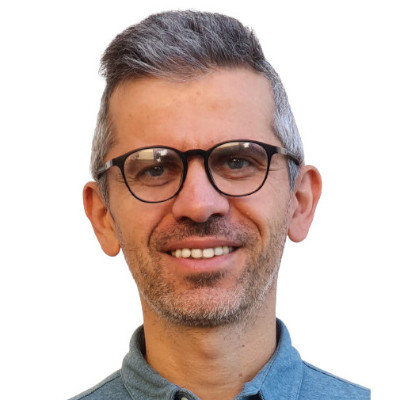
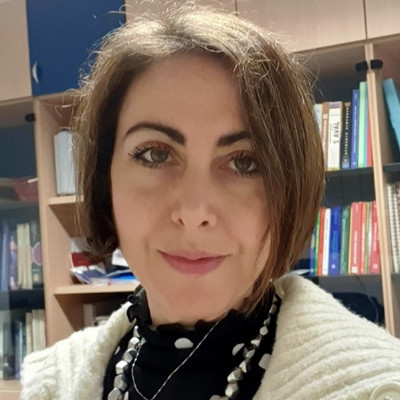
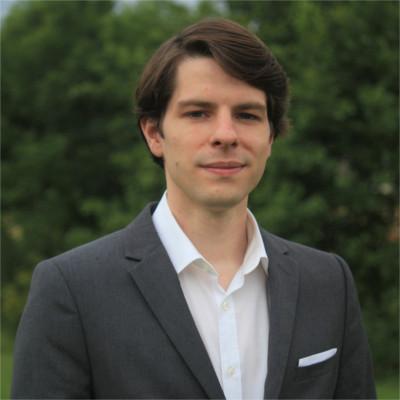
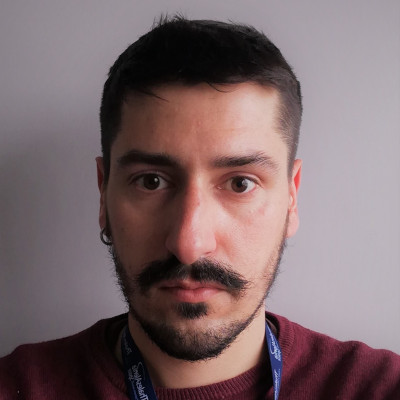
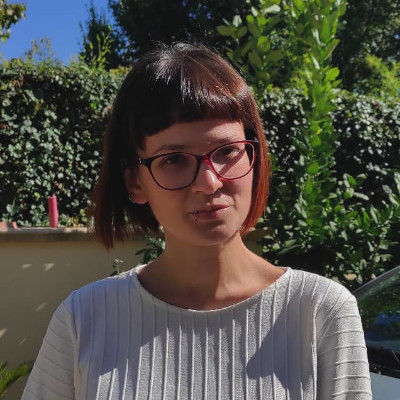
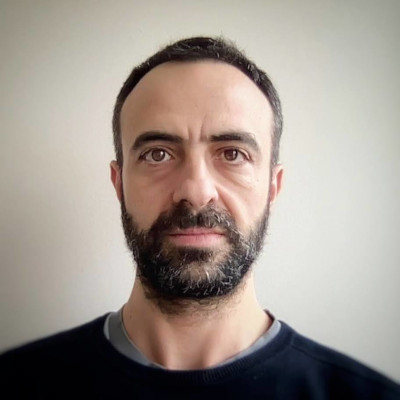


Objectives
Monte Carlo radiation-matter simulations are a decisive tool when it comes to characterizing beams and secondary radiation fields in irradiation facilities or for beams going through shielding materials. They are of equal importance when it comes to revealing the physical processes behind the triggering of radiation effects in electronics and damage delivered to organic tissues. In the scope of this Work Package, tasks will be defined having as objectives all the aforementioned subjects. Both FLUKA and Geant4, developed at CERN, are thoroughly benchmarked and exploited radiation-matter interaction codes and will be used in the scope of this WP.
Tasks
- Task 3.1: Simulation of beam properties and detector characterization (CERN, month 1-24)
- Task 3.2: Simulation of shielding materials and configurations for test setup standardization (TAS, GSI, month 1-24)
- Task 3.3: Simulation of GCR/SPE simulator (GSI, month 12-24)
- Task 3.4: Simulations to ensure the reduction of uncertainties about the LET of VHE ion beams at the sensitive volumes (CERN, UNIPD, month 12-36)
- Task 3.5: Understanding physical mechanisms of simple and medium-complexity electronic devices (UNIPD, month 12-36)
Deliverables
- D3.1: Numerical characterization of the CHARM beamline and of detector response
- D3.2: Modelling of shielding materials and configurations for test setup standardisation
- D3.3: GCR/SPE simulator optimizer software
- D3.4: Demonstration of LET uncertainty reduction from simulations as a complement to experimental measurements
- D3.5: Modelling of medium-complexity devices and response to different ion beams
Milestones
- M11: Release of G4SEE VHE ion tool
